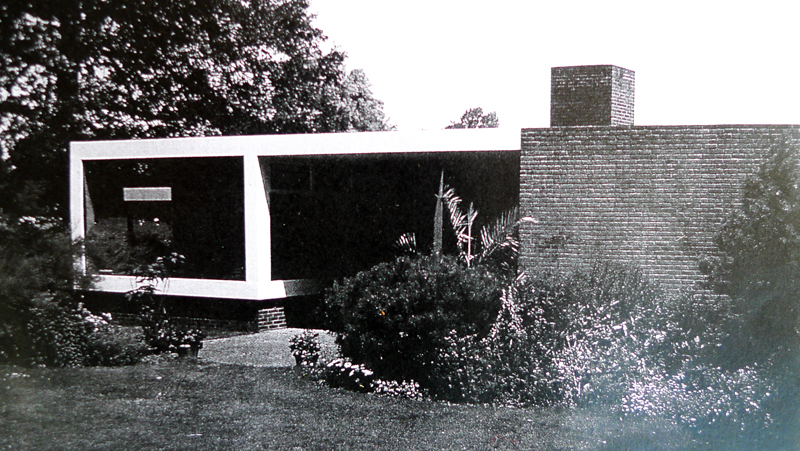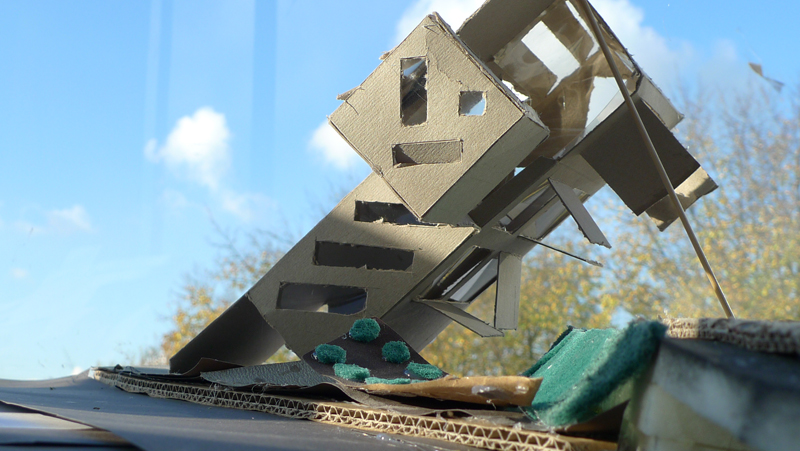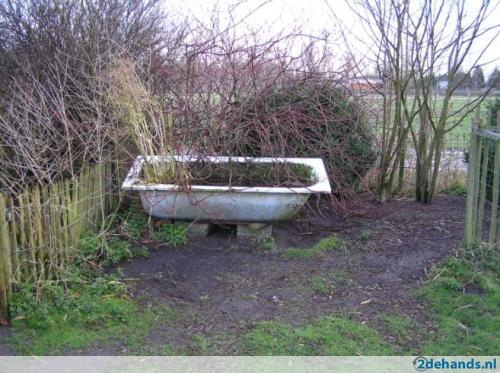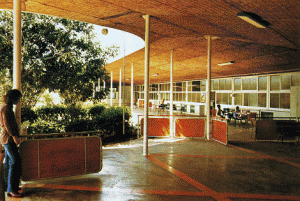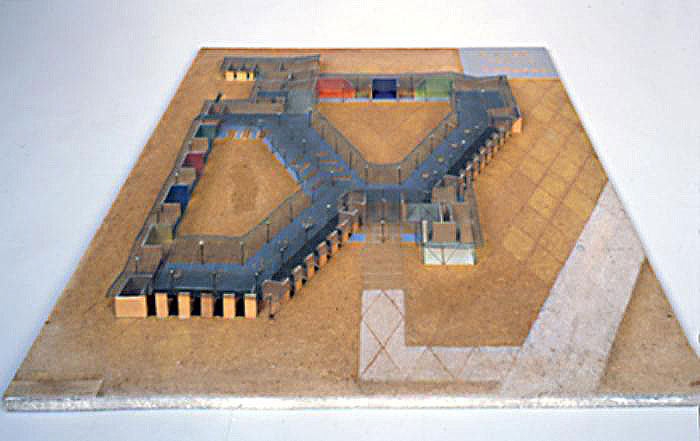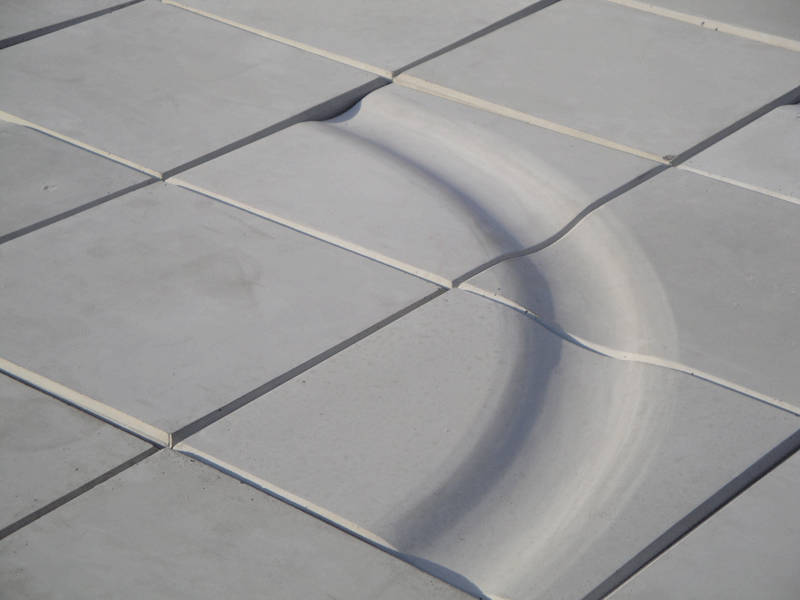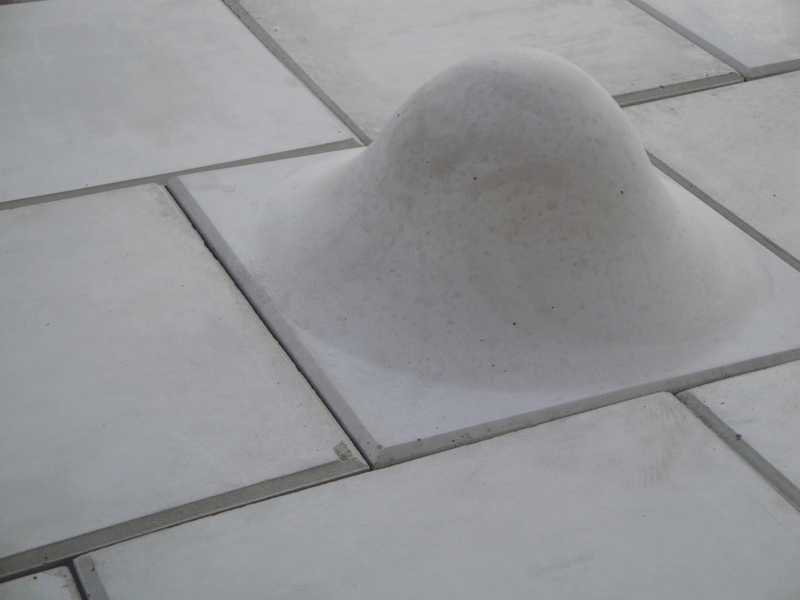Hereby I introduce you to my proposal for the ‘Parooldriehoek’ at the Wibautstraat in Amsterdam. It is the result for our latest design project at the Gerrit Rietveld Academy. For this project, we had to choose a building from architect Gerrit Rietveld as our inspiration before thinking about a new construction for de Parooldriehoek.
Below, you can read about my inspiration, starting points, development process and important factors in the translation process. I will also explain how my starting points eventually converted into the final design. Hopefully you get inspired by this proposal.
starting points and inspiration
Earlier on this designblog, I had already referred to the ‘Huis Singelenberg’ of Gerrit Rietveld that I specifically admire because of it’s simplicity, and the perfect balance between open and closed. I allowed myself to get inspired by this design for my proposal.
Gerrit Rietveld is widely admired for his timeless thoughts on viewpoints and placing windows. The choice of specific viewpoints was one of my starting points for this project.
The Parooldriehoek is situated at the ‘entrance’ of Amsterdam. Therefore, this place definitely needs a construction that welcomes the visitors of Amsterdam.
I tried to focus on the view from the road that comes out of the tunnel.
The goal was that the building is the first thing you see when entering the city. A landmark that can be used as a reference point.
